Astronomers have found that sometimes the Universe changes. Things move, things explode, things get brighter or dimmer. In fact, knowing this has helped astronomers discover some very important aspects of the Universe. Today we begin a two part series on Transients and their role in astronomy.
Continue reading “Astronomy Cast Ep. 519: Transients: What They Are and Why They Matter”
X-rays Might be a Better Way to Communicate in Space
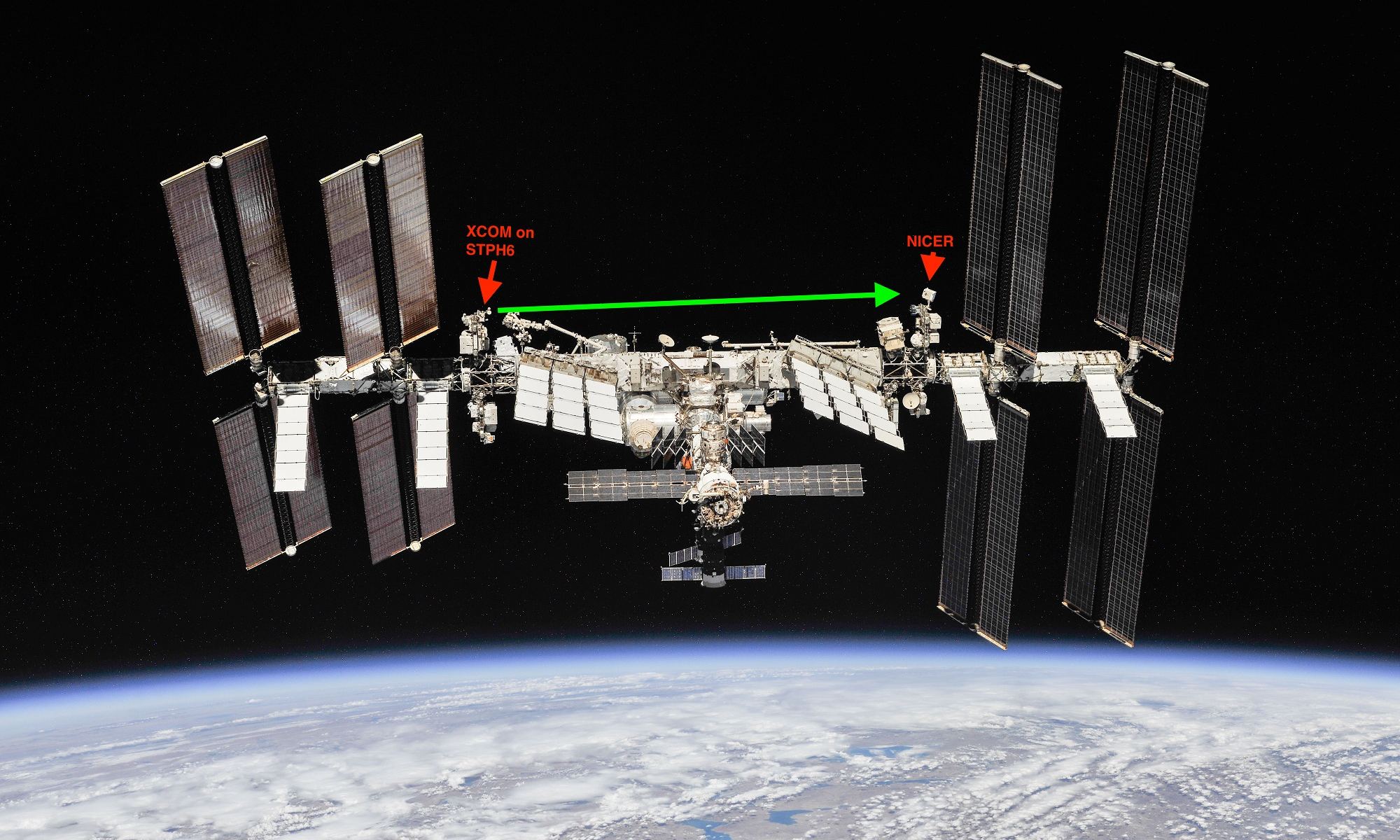
In the coming years, thousands of satellites, several next-generation space telescopes and even a few space habitats are expected to be launched into orbit. Beyond Earth, multiple missions are planned to be sent to the lunar surface, to Mars, and beyond. As humanity’s presence in space increases, the volume of data that is regularly being back sent to Earth is reaching the limits of what radio communications can handle.
For this reason, NASA and other space agencies are looking for new methods for sending information back and forth across space. Already, optical communications (which rely on lasers to encode and transmit information) are being developed, but other more radical concepts are also being investigating. These include X-ray communications, which NASA is gearing up to test in space using their XCOM technology demonstrator.
Continue reading “X-rays Might be a Better Way to Communicate in Space”Meet WFIRST, The Space Telescope with the Power of 100 Hubbles
WFIRST ain’t your grandma’s space telescope. Despite having the same size mirror as the surprisingly reliable Hubble Space Telescope, clocking in at 2.4 meters across, this puppy will pack a punch with a gigantic 300 megapixel camera, enabling it to snap a single image with an area a hundred times greater than the Hubble.
With that fantastic camera and the addition of one of the most sensitive coronagraphs ever made – letting it block out distant starlight on a star-by-star basis – this next-generation telescope will uncover some of the deepest mysteries of the cosmos.
Oh, and also find about a million exoplanets.
Continue reading “Meet WFIRST, The Space Telescope with the Power of 100 Hubbles”Say Hello to Hippocamp! The New Moon Discovered at Neptune, Which Could Have Broken off from the Larger Moon Proteus
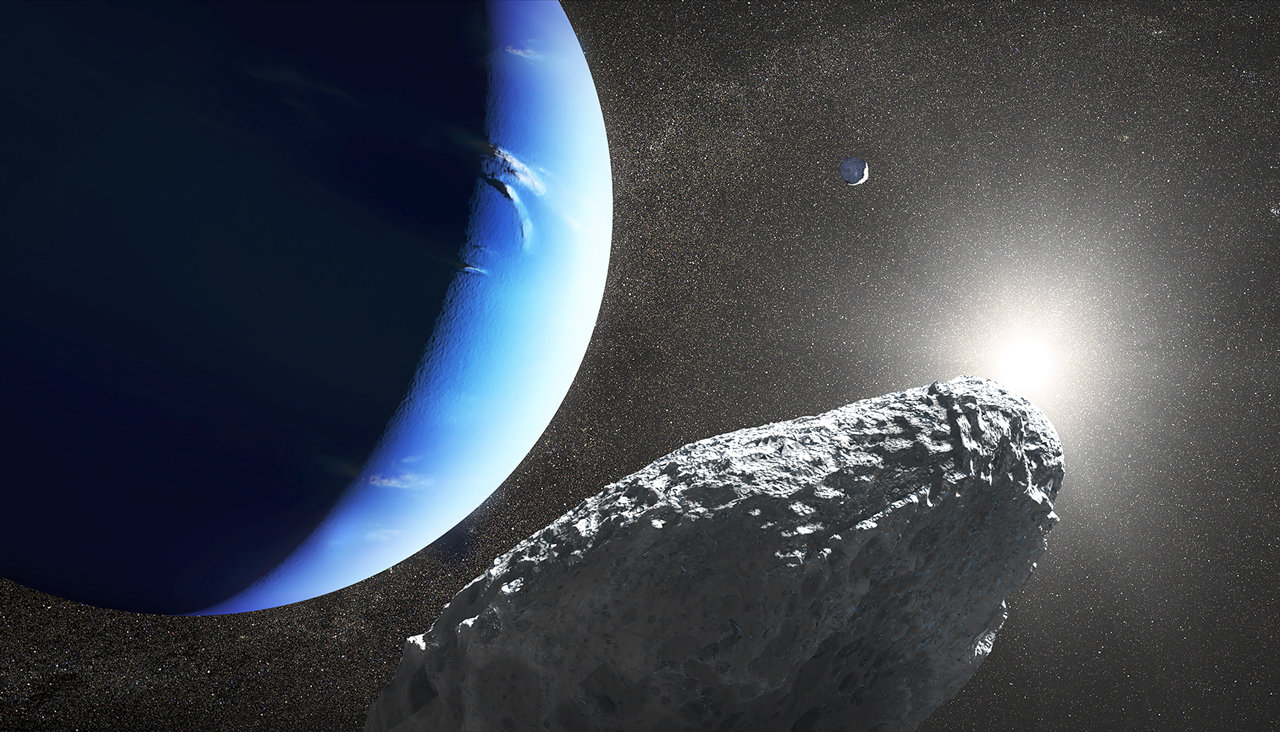
Moons have the coolest names, don’t they? Proteus, Titan, and Callisto. Phobos, Deimos, and Encephalitis. But not Io. That’s a stupid name for a moon. There’s only two ways to pronounce it and we still get it wrong. Anyway, now we have another cool one: Hippocamp!
Okay, maybe the new name isn’t that cool. It sounds like a summer camp for overweight artiodactyls. But whatever. It’s not every day our Solar System gets a new moon.
Continue reading “Say Hello to Hippocamp! The New Moon Discovered at Neptune, Which Could Have Broken off from the Larger Moon Proteus”The Oldest and Coldest White Dwarf Ever Found has Bizarre Dust Rings Around it
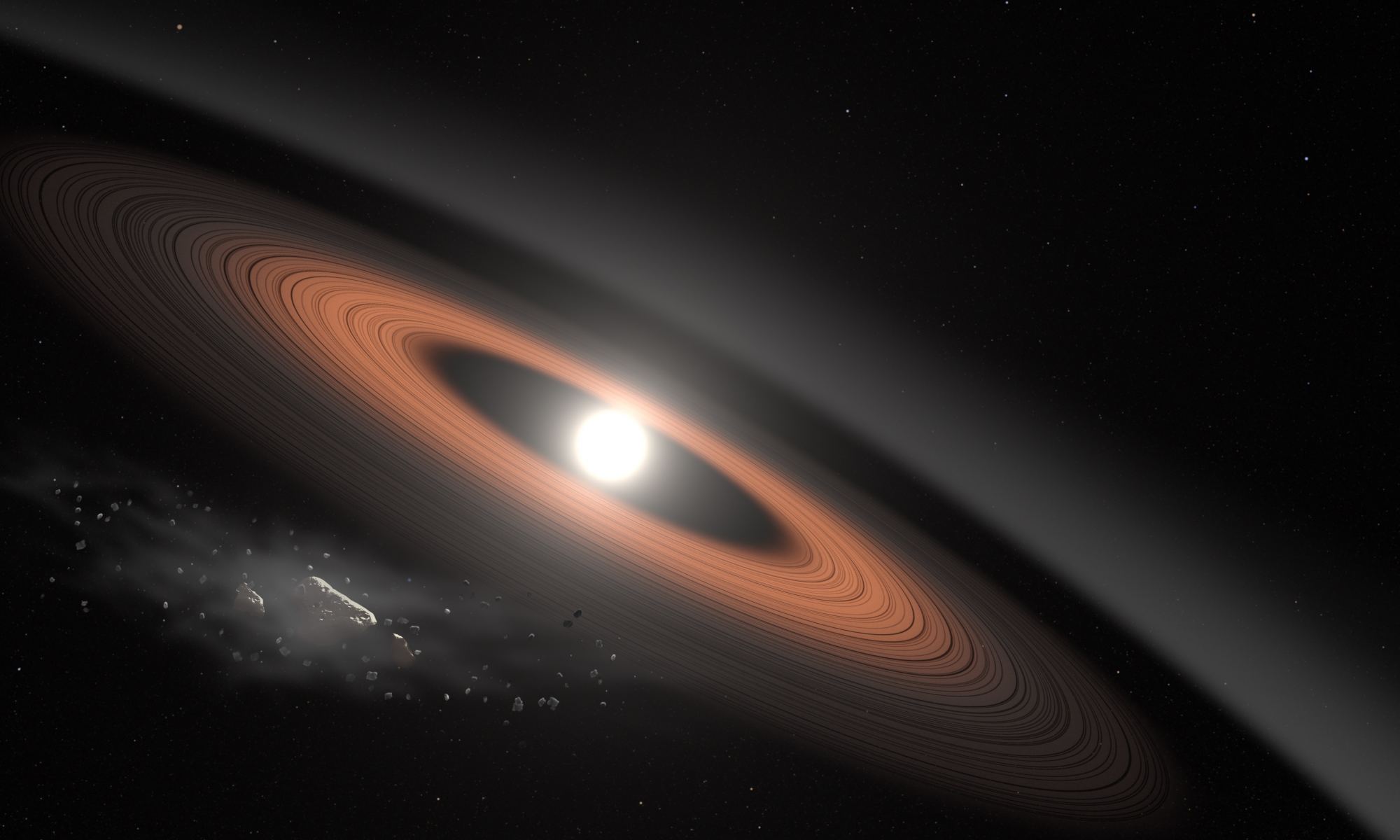
When stars like our Sun exhaust their hydrogen fuel, they enter what is known as their Red-Giant-Branch (RGB) phase. This is characterized by the star expanding to several times it original size, after which they shed their outer layers and become compact white dwarfs. Over the next few billion years, it is believed that these stars will slowly consume any objects and dust rings still close enough to be influenced by their gravity.
However, a citizen scientist named Melina Thévenot recently made a surprising discovery when observing a white dwarf system. Based on data from the Wide-field Infrared Survey Explorer (WISE) mission, this star has been a white dwarf for billions of years, but still has multiple rings of dust around it. Known as LSPM J0207+3331 (or J0207), this discovery could force researchers to reconsider models of planetary systems.
Continue reading “The Oldest and Coldest White Dwarf Ever Found has Bizarre Dust Rings Around it”Shout Out to Japan! Their Hayabusa2 Spacecraft has Collected its First Samples from Asteroid Ryugu
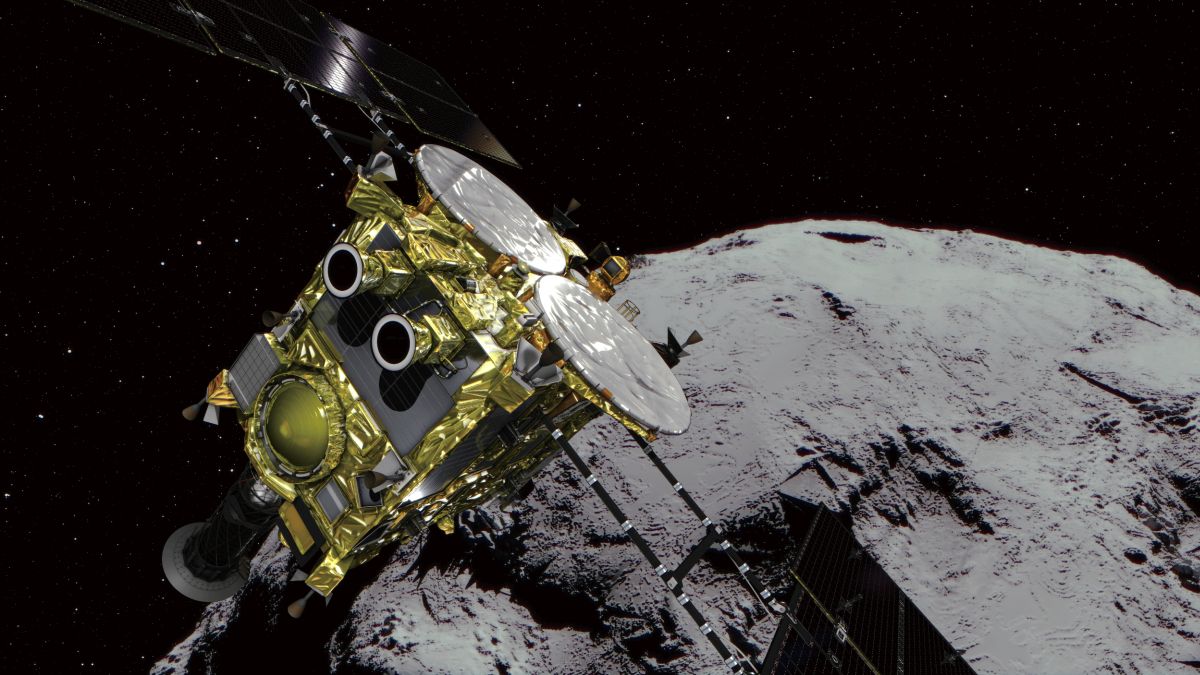
Japan’s Hayabusa2 spacecraft has completed an important part of its mission to asteroid Ryugu. The spacecraft descended to the surface of the asteroid to collect two samples with its sampling horn. We don’t know for sure if samples were successfully collected, but all indications are that the sampling mission went well.
Continue reading “Shout Out to Japan! Their Hayabusa2 Spacecraft has Collected its First Samples from Asteroid Ryugu”Signs that Ancient Rivers Flowed Across the Surface of Mars, Billions of Years Ago
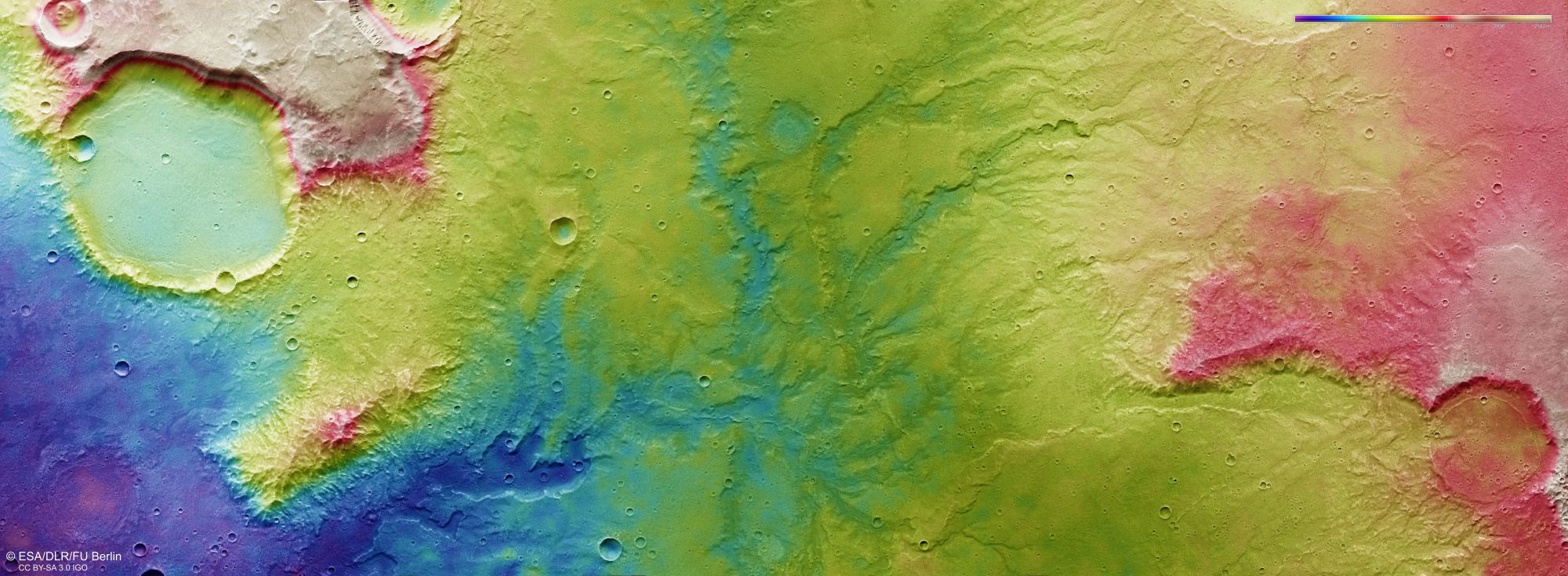
Billions of years ago, Mars was likely a much warmer and wetter place than the cold, dry, barren world we see today. Whether there was life there or not remains an open question. But there’s a massive, growing wall of evidence showing that Mars may have had the necessary conditions for life in the past, including at least one system of river valley networks.
Continue reading “Signs that Ancient Rivers Flowed Across the Surface of Mars, Billions of Years Ago”Antarctica is About to Unleash an Iceberg Twice the Size of New York City
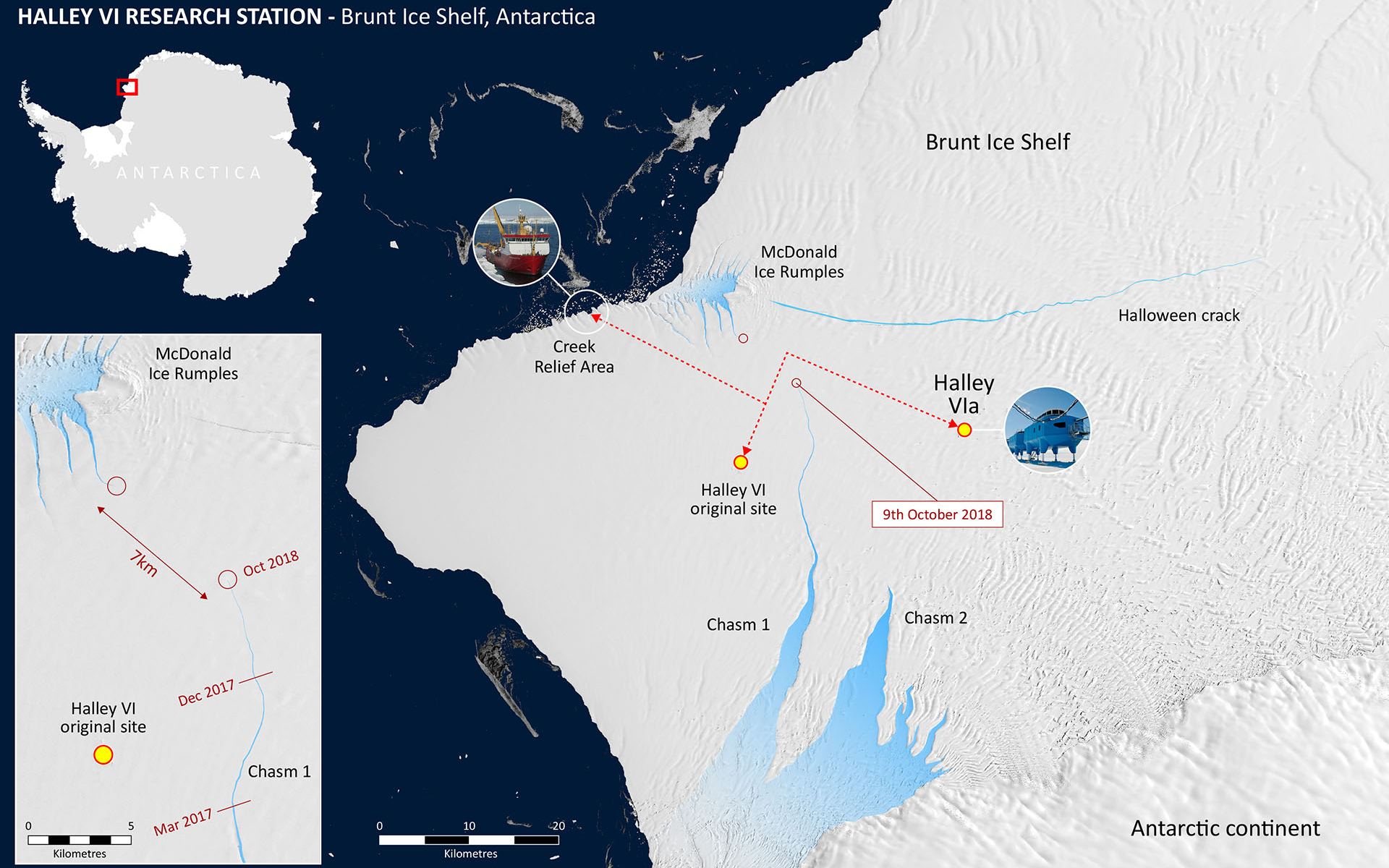
An ice shelf in Antarctica is about to give birth to a baby. This baby is a giant, spawned by growing cracks in the Brunt Ice Shelf. It’s not clear what this’ll mean to the scientific infrastructure in the area, and to the human presence, which were both established in the 1950s.
Continue reading “Antarctica is About to Unleash an Iceberg Twice the Size of New York City”Japan’s Hayabusa2 is About to Shoot Up the Surface of Ryugu with Tiny Impactors so they can Collect a Sample
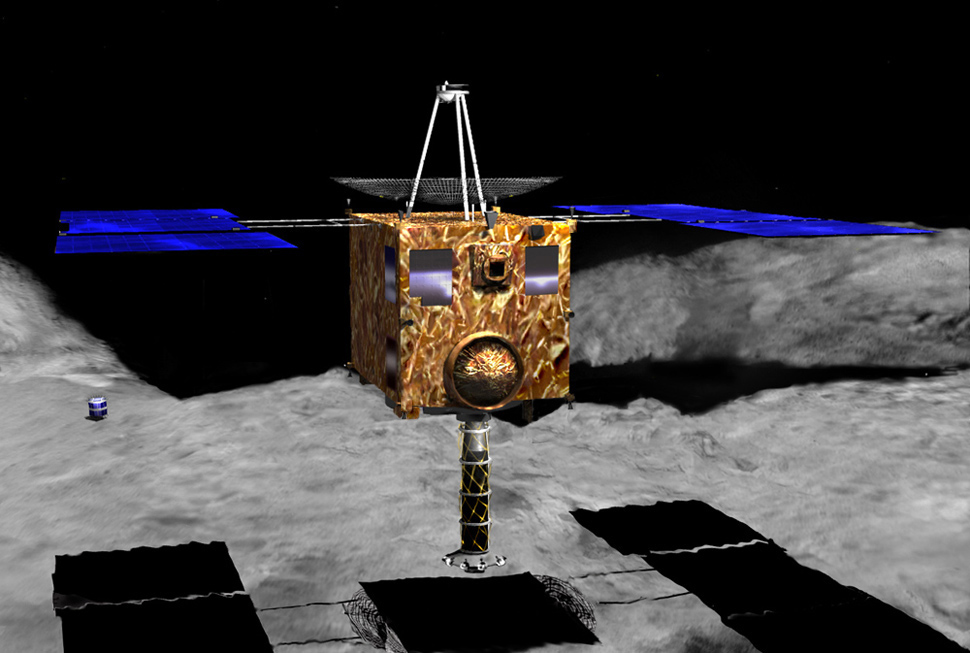
Japan’s Hayabusa2 mission is about to get down to business. After arriving at asteroid Ryugu at the end of June 2018, and dispatching its tiny rovers to the surface, the spacecraft is about to approach the surface of the asteroid and get some samples.
Continue reading “Japan’s Hayabusa2 is About to Shoot Up the Surface of Ryugu with Tiny Impactors so they can Collect a Sample”Did You Know the Earth’s Atmosphere Extends Beyond the Orbit of the Moon?
Strictly speaking, there aren’t strict boundaries between Earth and space. Our atmosphere doesn’t just end at a certain altitude; it peters out gradually. A new study from Russia’s Space Research Institute (SRI) shows that our atmosphere extends out to 630,000 km into space.
Continue reading “Did You Know the Earth’s Atmosphere Extends Beyond the Orbit of the Moon?”

